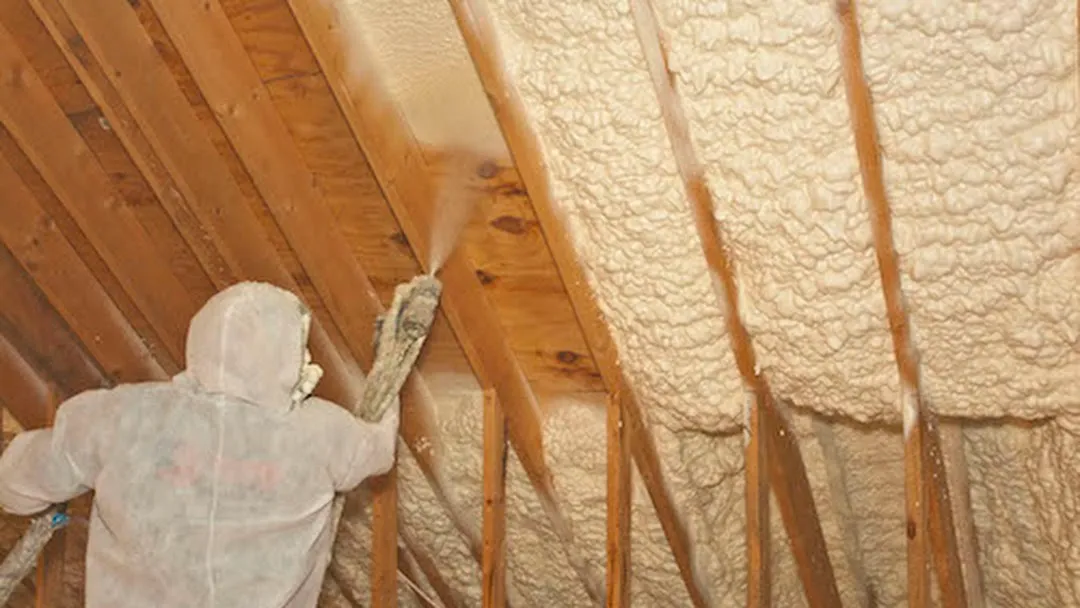
Expanding foam, also known as spray foam insulation or polyurethane foam, is a versatile and effective solution for sealing gaps, cracks, and voids around the home. However, while it’s popular for its excellent insulating and air-sealing properties, there are certain areas and situations where using expanding foam is not recommended. At Red River Foam Insulation, we understand the importance of making the right choices for your home. In this guide, we’ll explore where not to use expanding foam and why.
Expanding foam is a type of polyurethane foam that expands upon application and hardens over time. It creates a strong, airtight seal that blocks moisture, sound, and air infiltration. It’s commonly used for:
While it has many benefits, there are specific areas where expanding foam may not be suitable or advisable.
Why Avoid It? Expanding foam is sensitive to temperature and can degrade over time when exposed to high heat. It may become soft, melt, or even emit harmful fumes when exposed to temperatures over 200°F (93°C).
Examples of Where Not to Use It:
Why Avoid It? Expanding foam, especially open-cell foam, is porous and can absorb moisture. When exposed to constant wet conditions, it can weaken and lead to mold or mildew growth.
Examples of Where Not to Use It:
Why Avoid It? Expanding foam is not UV-resistant and can break down when exposed to direct sunlight over time. Without a protective coating, foam can degrade, lose its insulating properties, and become brittle.
Examples of Where Not to Use It:
Why Avoid It? Expanding foam hardens after application and does not have much flexibility. This can be a problem in areas that experience movement, as the foam can crack or pull away from the surface.
Examples of Where Not to Use It:
Why Avoid It? When expanding foam is applied in areas that have limited airflow, the curing process can release fumes that may be irritating or harmful to occupants. Proper ventilation is essential to ensure the safety of the application.
Examples of Where Not to Use It:
Why Avoid It? While closed-cell foam does add some structural strength, it is not a substitute for structural materials like wood or steel. Expanding foam should not be used in areas that require load-bearing or structural integrity.
Examples of Where Not to Use It:
To maximize the benefits and ensure the safety of expanding foam insulation, consider these tips:
If you’re unsure where to use expanding foam or want to ensure it’s applied correctly, consider professional insulation services like Red River Foam Insulation. Our experts can help you make the right choices and apply insulation safely and effectively.
If you need to use foam in an area exposed to sunlight or weather, make sure to cover it with a UV-resistant paint or coating to extend its lifespan and performance.
Expanding foam is a powerful and efficient insulation option, but it’s not suitable for every situation. Understanding where not to use expanding foam will help you avoid potential issues, maintain the safety and integrity of your home, and make informed decisions about your insulation needs. At Red River Foam Insulation, we have the expertise to guide you in choosing the right insulation solutions for your home.
Contact us today at (405) 281-0800 or email [email protected] to learn more about how we can help with your insulation needs. Serving Oklahoma City, OK, we’re committed to helping homeowners make the best decisions for their homes and families.